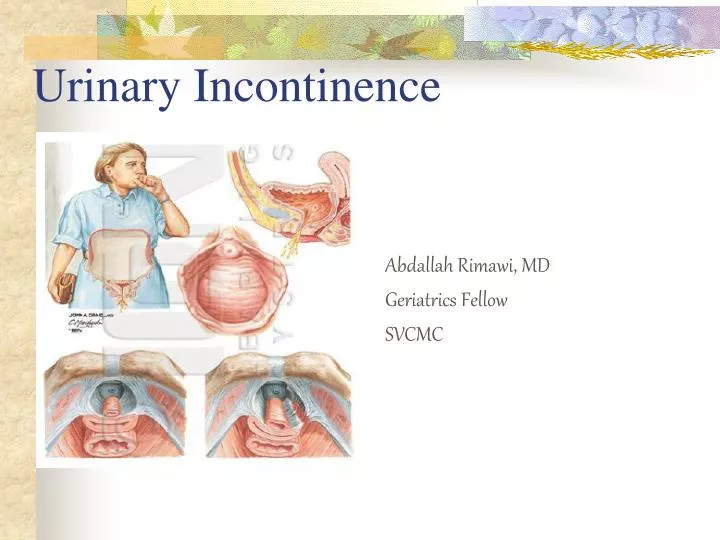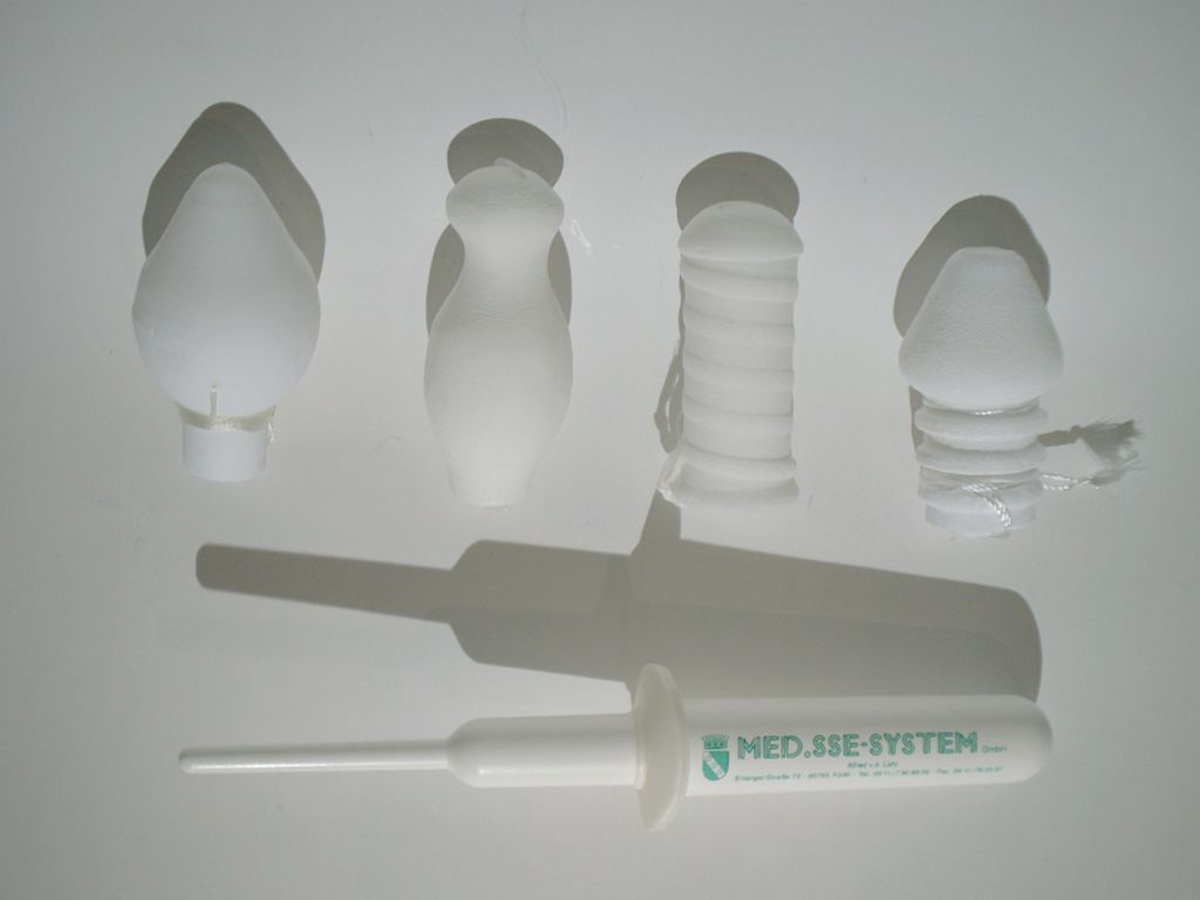
The plan should be based on information provided by the patient, their family or carer, and their residential care facility if they are not living at home. It should be regularly reviewed and adjusted as needed. Make sure these aids are easy to reach at all times.Īn individualised continence management plan should be developed and implemented in conjunction with the older person. Refer the patient to Occupational Therapy for gait aids, such as a bed stick.Consider altering the person’s clothing to make toileting easier (for example, use Velcro fasteners and pants with elastic waist bands rather than buttons and zippers).Provide adequate lighting and lit signage to toilets at night.Eliminate hazards (obstacles on the path to the bathroom, inadequate lighting, lack of handrails, restraints such as bed rails and bed height).Consider if using toilet substitutes (non-spill urinals, bedside commodes, bedpans) would be appropriate.Consider moving the person to a bed closer to the toilet.Orientate the person to their new environment, showing them where the bathroom is and where the call bell is.

Modify the environment so the person can toilet independently and to minimise the risk of falls. The environment can make it difficult for a person to access the toilet. using an enema or suppositories to help the person empty their bowel at a predictable time and prevent soiling.searching for the underlying cause, such as irritable bowel syndrome or inflammatory bowel disease.If the person’s stool is too soft, consider: encouraging regular mobilisation around the ward.using laxatives using titrate aperients according to stool pattern (as per Bristol Stool Chart).increasing dietary fibre (note: for older people this can add to faecal loading and increase the risk of urinary incontinence and flatulence seek advice from a dietitian).If the person's stool is too hard, consider: the person’s body cues that indicate they need to use the bathroom, such as fidgeting or pulling at their clothes.continence products, such as disposable pull ups or washable continence pants.timed toileting according to their voiding pattern determined from the bladder diary regular toileting.If they are, tell them that this can lead to dehydration, which causes swallowing problems, malnutrition, falls and delirium.


ask them if they are reducing the amount they drink to reduce getting up at night.encourage them to get out of bed to use the toilet or a commode next to the bed.If the person is getting up to go to the toilet more than twice a night: Recommend pelvic floor exercises (refer to physiotherapy).



 0 kommentar(er)
0 kommentar(er)
